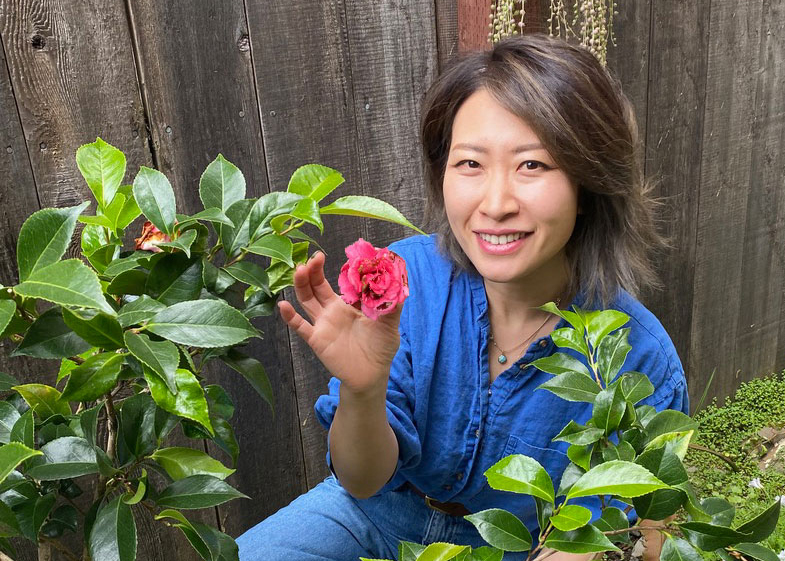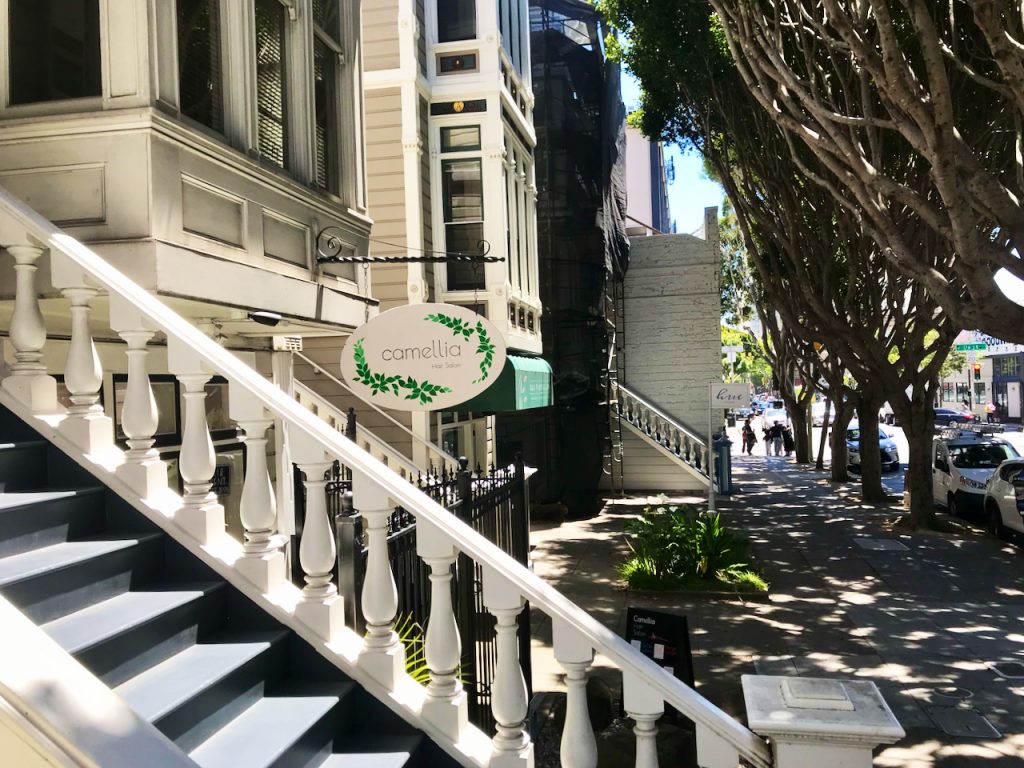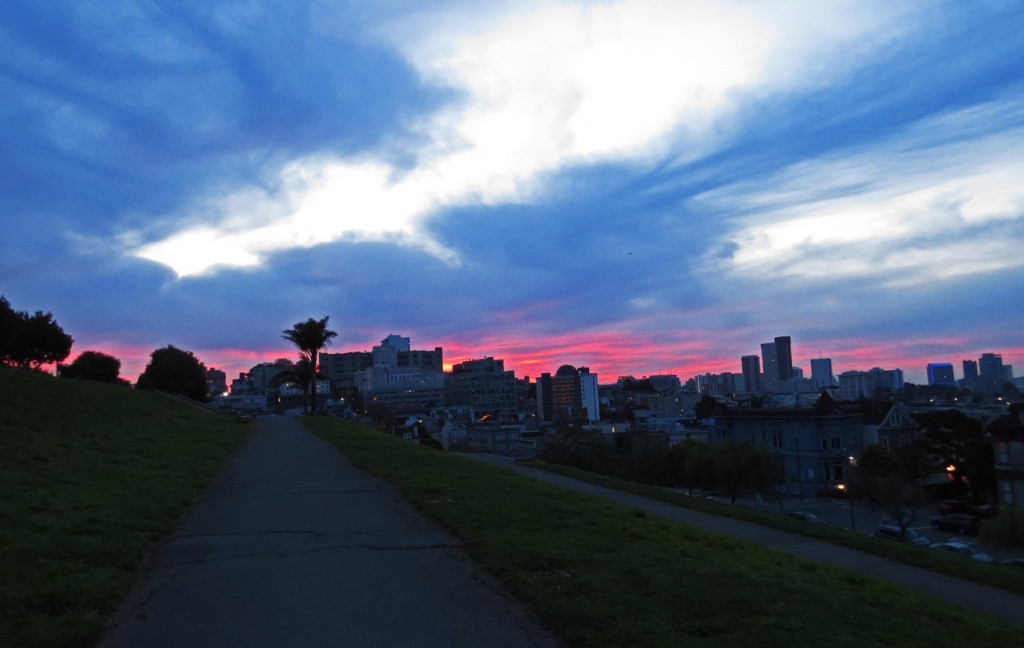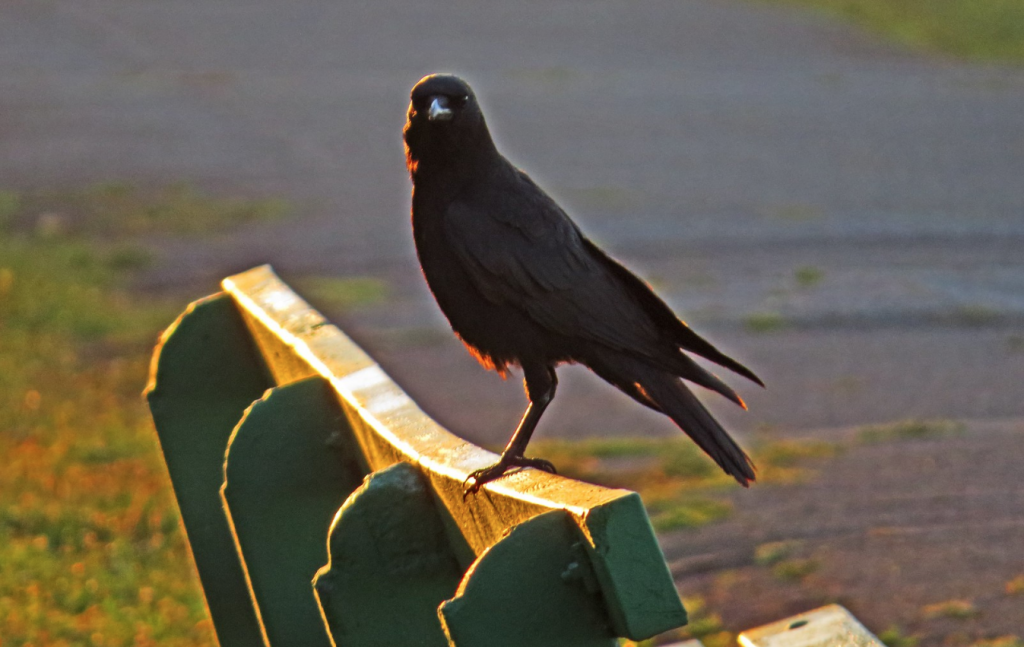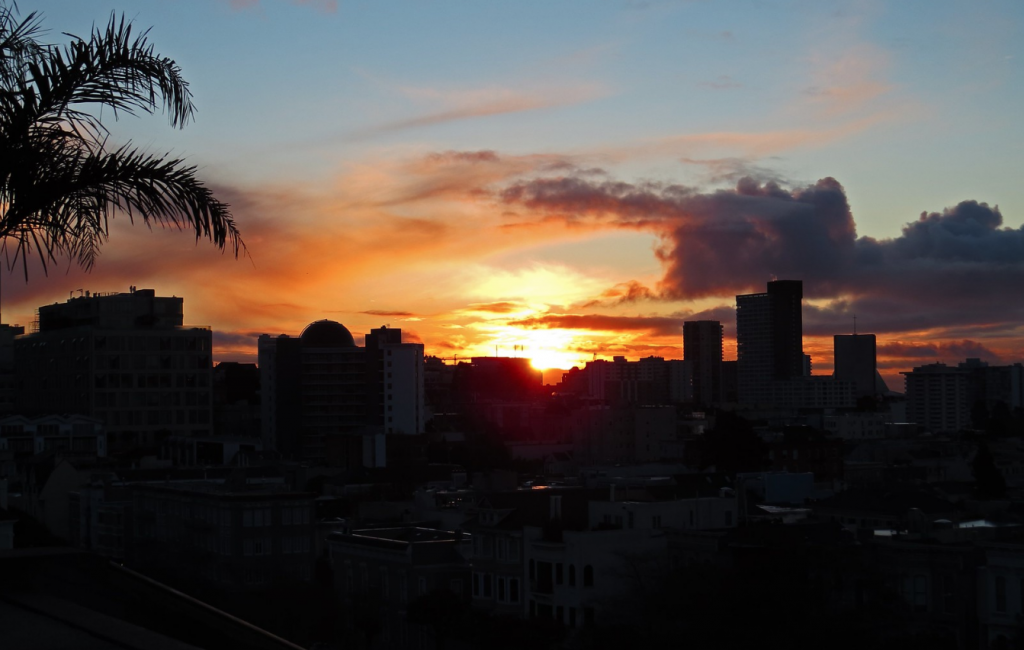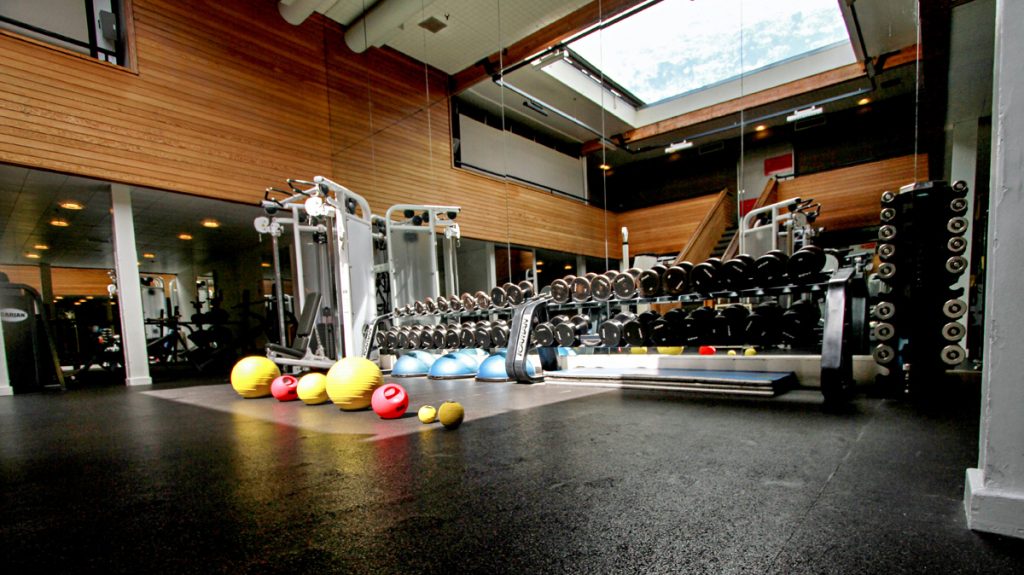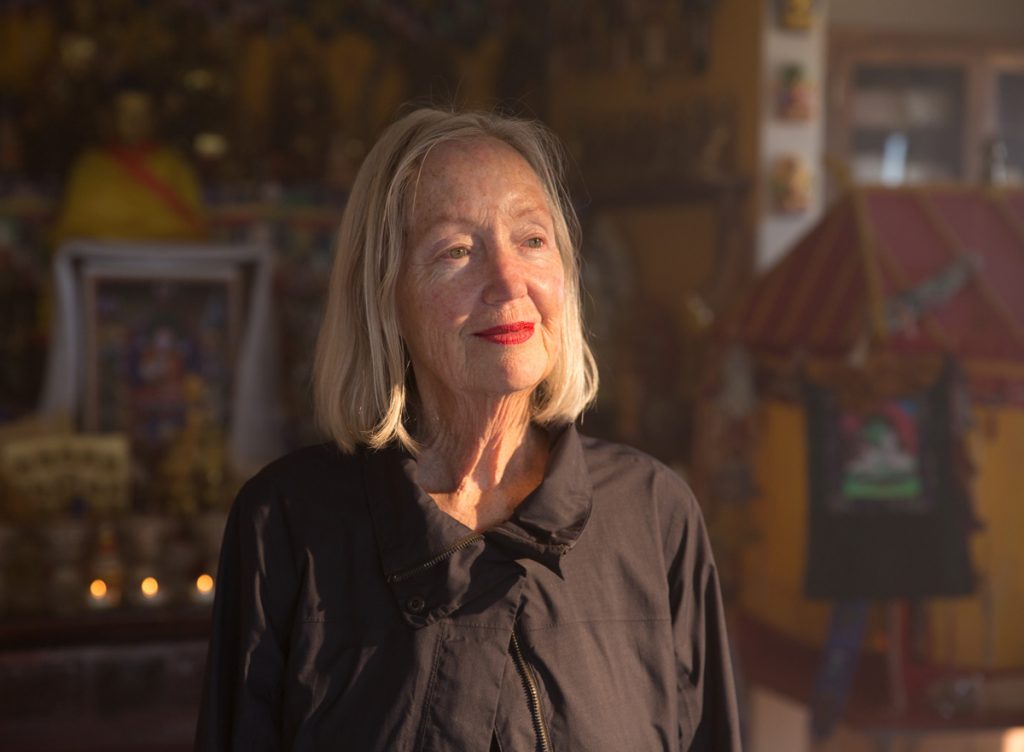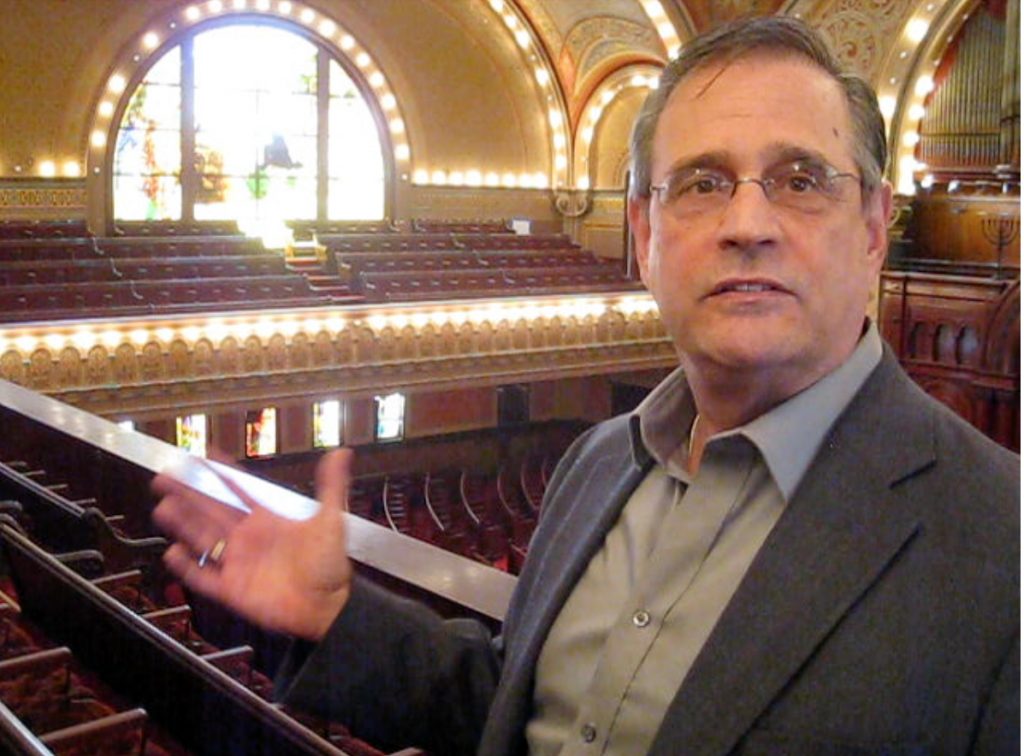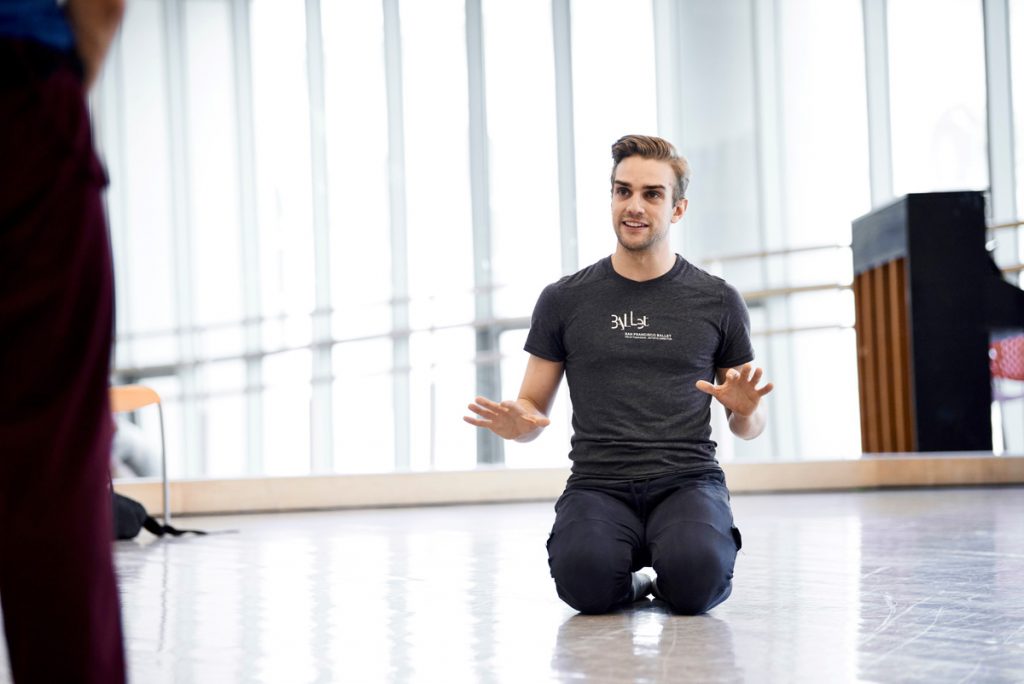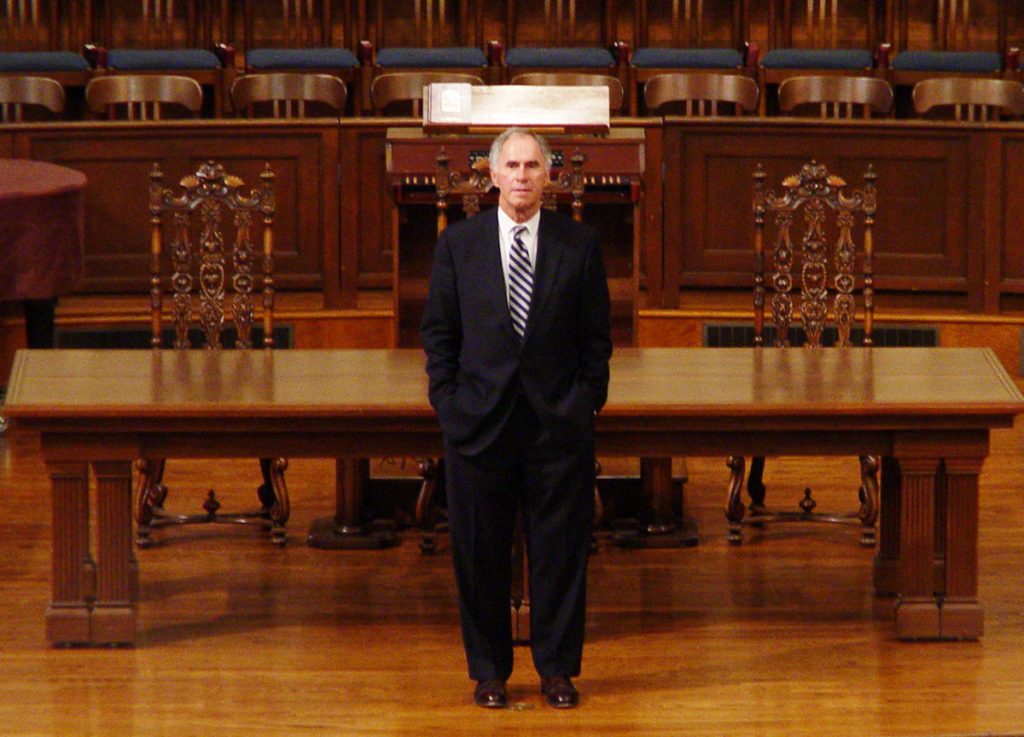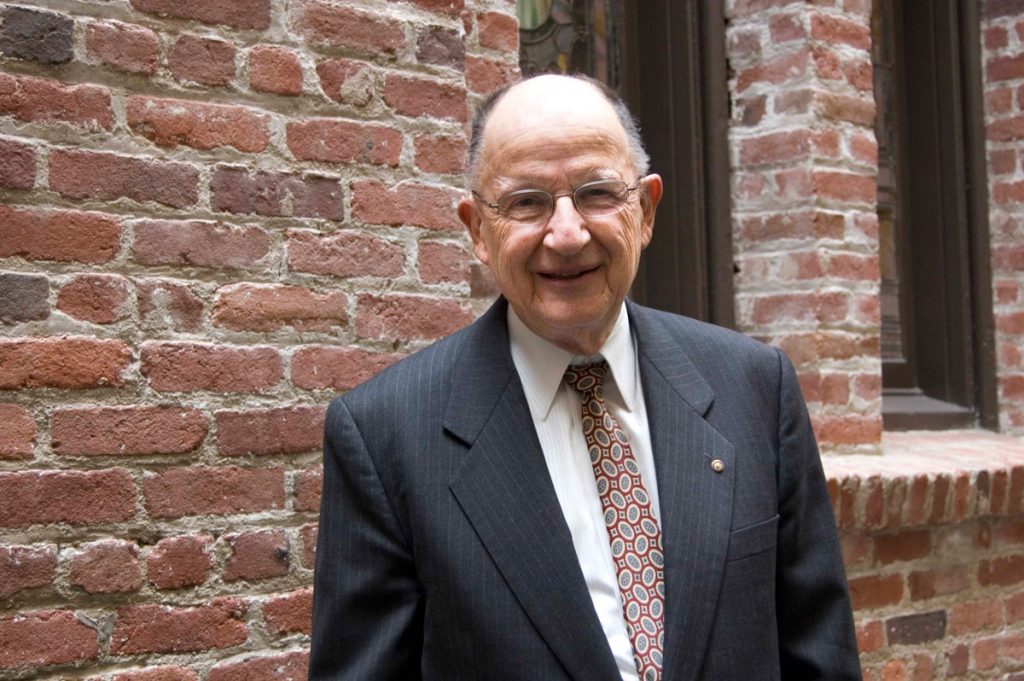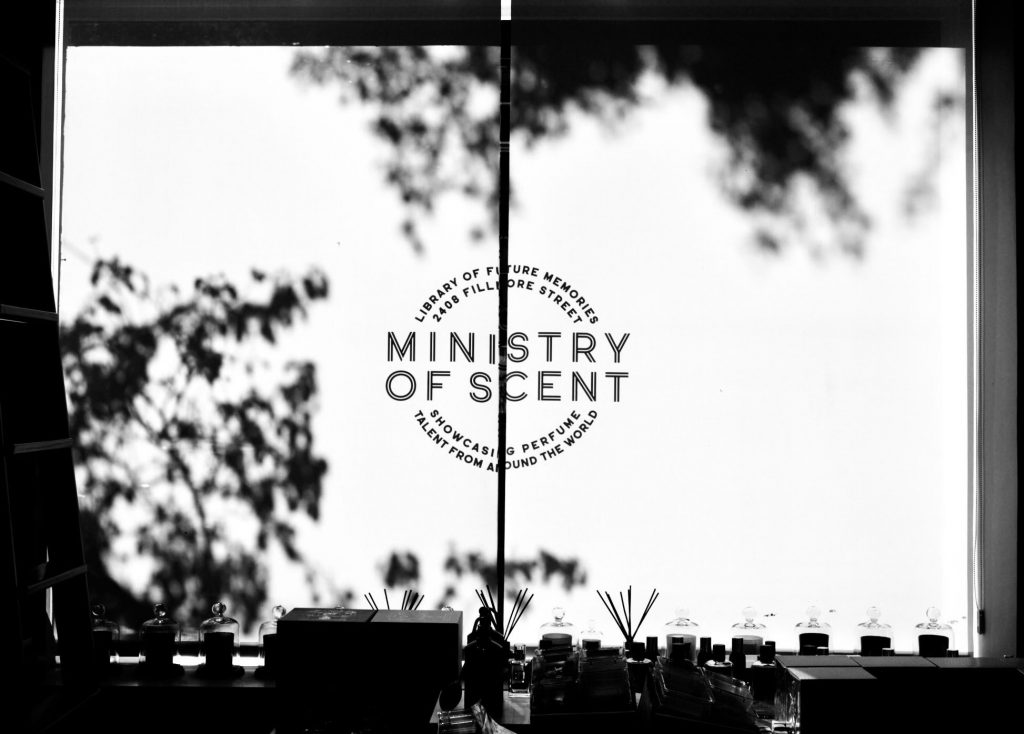
By SHELLEY HANDLER
Step into Ministry of Scent, the newest addition to Fillmore Street’s burgeoning Perfume Row, and inhale. That first whiff may be a symphony of disparate yet appealing notes, or one unwavering deep and delightful tone you can’t quite put your finger on.
Either way, you’ll find this new shop at 2408 Fillmore both an adventure and an education.
First opened a decade ago as Tigerlily on Valencia Street by co-owner Antonia Kohl — and since rechristened the Ministry of Scent — this bijou black and white showcase is a smaller sister shop. The Ministry has been a passion project from the start, driven by Kohl’s own obsession with niche and indie scents. An avid collector, she realized that any trip she took would find her on the hunt for yet another unusual perfume.
In 2014 she took the leap, leaving her work in integrative design and taking a deep dive into the world of scent, opening Tigerlily. She bet on her love of niche perfumes and made that the shop’s focus. In gathering her stock, she passed over ubiquitous designer scents for independent perfumers who brought their distinctly personal tastes into play when crafting niche, often quirky, perfumes.
•
After six and a half years as solo owner, Kohl teamed with formally trained perfumer Ineke Rühland, creator of the IneKE line of perfumes. Together they transformed Tigerlily into Ministry of Scent, expanding their reach with a considerably larger choice of indie scent houses and individual perfumers. Among the shop’s selection of 80-plus lines are those headed by totally self-taught scent crafters and others, like Rühland, who have deep formal training and years of industry work informing their creations. The inspirations for these perfumes range from the obvious to the wildly obscure, some encompassing entire fantasy worlds from which their scent tales spring.
Take Imaginary Authors. The foundation of this line and source of its scent names is a collection of novels, none of which actually exist, all “written” by imaginary authors. The title of each book hints at the structure of the scent housed in a box made to look like a book. Lined up, the entire collection resembles a custom-bound library, each volume the story of a place or experience held in the bottle within.
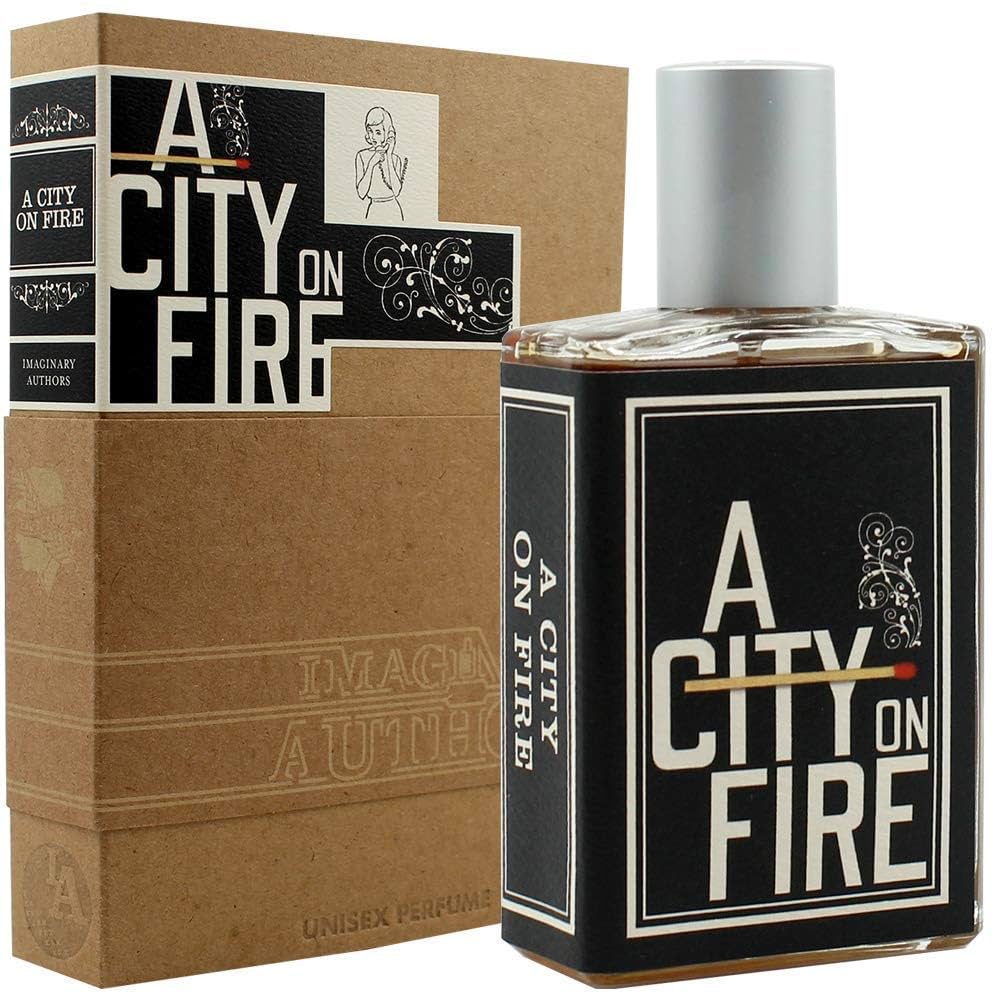
A City On Fire, Imaginary Author’s industry-award winning scent, stands you solidly in the midst of a conflagration. Dark, decidedly smoky, it is both the match that lit the fire and the smoke billowing around you. My tastes lean toward the woodsy-smoky realm, so the idea of this perfume grabbed me immediately. That first spritz did not disappoint; this is a burnt match/smothered campfire delight, just the slightest bit bitter, but pleasantly so. It holds fast to its fiery theme for at least an hour, and then, still smoky, slowly begins to caramelize, holding the smoke profile all along. It dwindles very slowly; the next morning there was the tiniest pinpoint of vaguely sweet caramel in its place.
Venturing into co-owner Ineke Rühland’s eponymous IneKE line took me on a lovely, meandering stroll from garden to shore to high-desert forest. These are all places beloved by Rühland and she brings the full force of her Versaille-trained, industry-honed skills into play to capture them in the bottle.
Her Idyllwild scent celebrates California’s high desert enclave in the dusty upper reaches of Riverside’s San Jacinto Mountains. Notes of Douglas fir and pine mark the resinous hit of forest made sharper by the desert sun, and sage brings in the leafy, dusty notes that come to life as you hike the hills. Rhubarb unites this all with a gentle citrusy tang right through the middle. And just below dust and fir forest, the scent retains a bright, gently green note that both comforts and urges you on.
•
For all its serious scent-aficionado wares, the Ministry invites exploration in a relaxed and welcoming way. The staff, a group of four self-professed “scent nerds,” are at their happiest pulling samples from the simplest prompts. If all you know is that you like lavender, say the word and they will quickly gather four lavender-forward fragrances. If amber is your jam, manager Michael Ryan will show you amber woven into forms you never knew it could take. This is one place where it helps not to be too certain about what you want, because there is so much to discover, and so much of it delights.
“We looked for a long time on Fillmore Street, and the small, welcoming spot we found is perfect for us,” says Kohl. “This is such a beautiful stretch of an altogether welcoming neighborhood. We are just so happy to be here.”
I can honestly say, from watching the shoppers who lingered to sample and sniff, the delight is mutual.
Fillmore’s Perfume Row
Follow your nose down Fillmore Street’s Perfume Row.
Aesop | Australian import offering luxe proprietary skincare products, home and body fragrances, 2450 Fillmore.
Ministry of Scent | New to Fillmore, an S.F. original known for its wide selection of niche and indie scent houses, 2408 Fillmore.
Le Labo | French perfumer selling proprietary perfumes and home scents, 2238 Fillmore.
Credo Beauty | A small national chain focusing on a “clean” line of all-natural scents and beauty care, 2136 Fillmore.
Diptyque Fillmore | Paris-born scent house known for proprietary candles, perfumes and candle-related decor, 2122 Fillmore.
Byredo | Swedish perfumer popular with fashionistas offering high-end beauty products, 2000 Fillmore.
EARLIER: “The poetry of perfume“
Filed under: Body & Soul, Retail Report | Leave a Comment »





